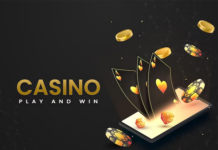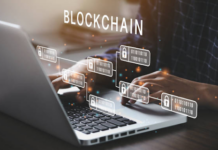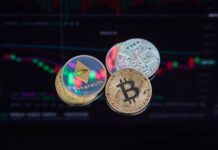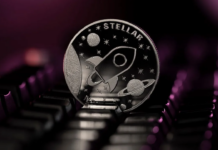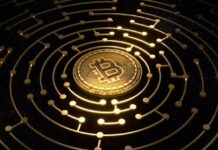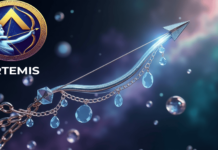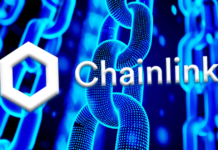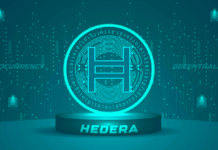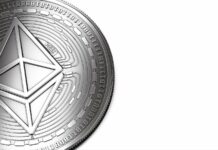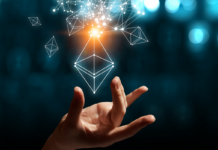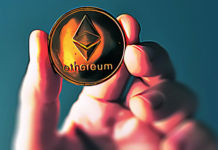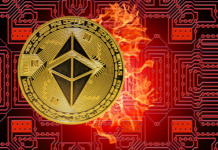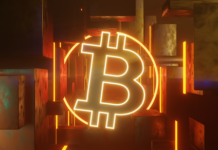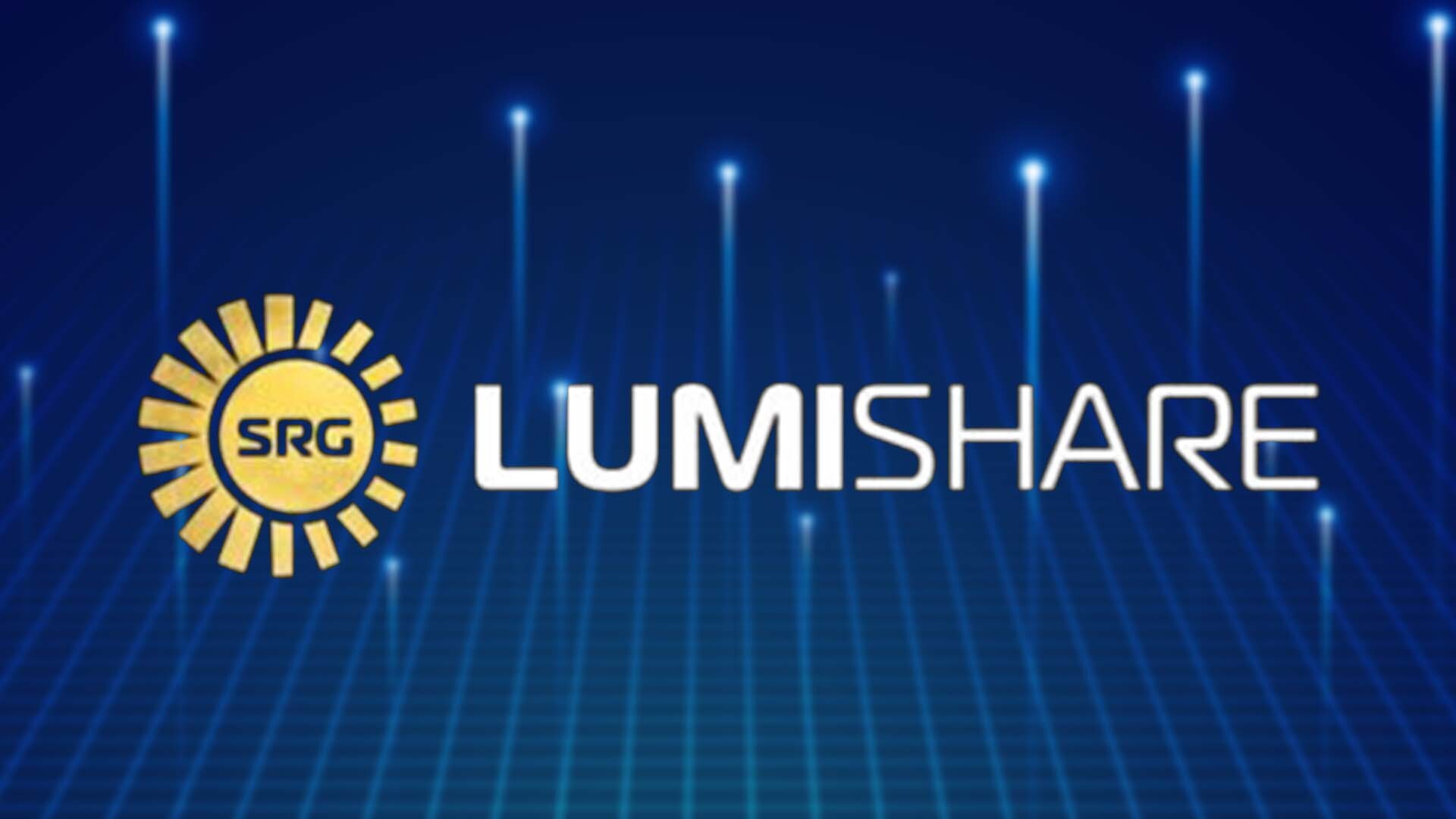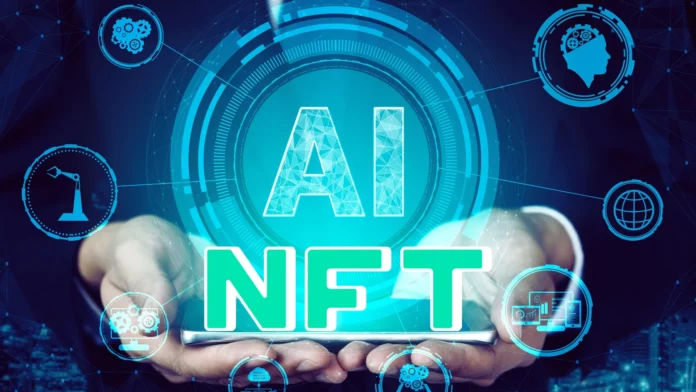
- AI has brought about revolutionary changes and applications in various industries, reshaping the digital world.
- It seems that this powerful technology is making its way toward the NFT industry.
The digital world is now under the influence of various technologies. Such a notable example of technology is AI, which is surpassing the wits of the human mind in many aspects. The world has seen many implications of AI, from ChatGPT to Adobe Firefly, from AutoGPT to Dall E, and the like.
Presently, AI is making its way toward the NFT industry. NFTs are known for their uniqueness and are often considered valuable assets. These digital artworks must be unique and different from each other. That’s where AI comes into the picture.
AI can be used to create unique artwork that is dynamic. An AI tool can generate thousands of unique images with a single click. The fast technology promises a bright future for the NFT world. We will talk about how AI will revolutionize the NFT industry and how it has various other implications.
AI in NFT: What Does It Mean For the Digital World?
The use of AI in NFT is an interesting concept. This means AI technology can be used to make digital artwork, or NFTs, which will cause a big change in the digital world. AI can make artwork that can be changed and adjusted. These two immersive technologies can also affect various industries. In the gaming industry, high-powered technology can create unique, customizable, and remarkable characters. It can also create various digital assets that are useful for the gaming industry. However, this technology provides a bright future for various industries. At the same time, they have their implications, which can also have a drastic effect.
Implications of AI and NFT
It’s interesting to know that while technologies provide better advancements for humans, they also come with their fair share of implications. In the same way, AI and NFT have their implications as well. One of the implications is that to be considered an NFT, it is important to be unique. When we use AI for creating NFTs, it will create a flood in the market as AI can produce thousands of images in seconds. As a result, it becomes harder for an artist to create unique artwork.
Another implication or challenge is that AI algorithms should not be biased. If it is biased, then the artwork created by it will be biased. Biased artworks do not appeal to the masses and can create a bad reputation for the artist as well. Lastly, AI can also contribute to fraud. In the digital world, there are various AI tools that can be used for scamming, phishing, or other malicious practices. Scammers may utilize AI tools for activities like phishing or the creation of fake digital assets, causing significant disruptions in the NFT arena.
Conclusion
In a nutshell, we have seen the advantages and limitations of mixing these two famous industries, namely AI and NFT. AI has the potential to revolutionize the NFT world, even if it has a few demerits. It is curious to see how these two innovations will shape the long haul of computerized and creative universes.




